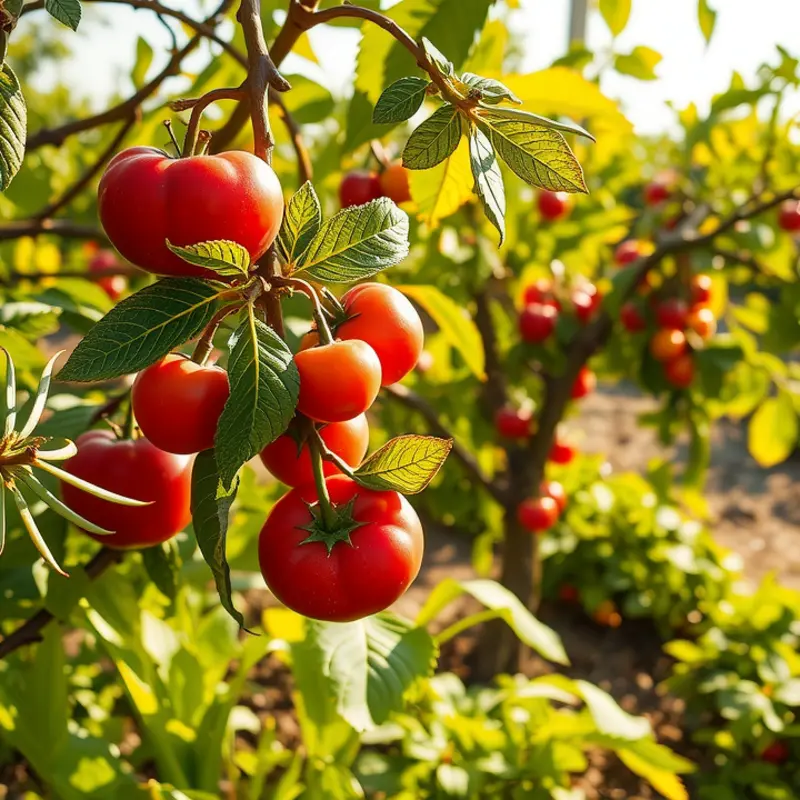Controlling humidity levels in your refrigerator is essential for preserving food quality, preventing spoilage, and minimizing waste. Different foods thrive better at varying humidity levels. Understanding how to adjust your refrigerator settings and store items correctly can significantly enhance your food management skills. This guide provides straightforward advice on maintaining the right humidity balance in your fridge for optimal food storage.
Understanding Humidity Levels in Your Fridge

Humidity refers to the amount of moisture present in the air, usually expressed as a percentage. When it comes to refrigerators, humidity is a critical factor influencing the freshness and longevity of various food products. Proper management of humidity levels prevents unwanted spoilage and maintains the integrity of perishables. Understanding the specific needs of different food types helps in organizing your fridge more intelligently.
Humidity control in your fridge matters because fruits, vegetables, and other perishable items have distinct moisture requirements. Too much humidity can cause mold growth, while too little can lead to foods drying out. This balance is crucial in preventing food waste and maintaining health and safety.
Different food types thrive under different humidity conditions. Vegetables like leafy greens, carrots, and cucumbers typically prefer high-humidity environments. These foods have high water content and are prone to wilting if moisture levels drop too low. Conversely, items such as apples, berries, and cheeses often do better in low-humidity settings. These foods can suffer from excess moisture, leading to accelerated decay or spoilage.
Most modern refrigerators are equipped with humidity control settings, typically found in the crisper drawers. These controls allow you to create a customized storage environment that matches the needs of your stored items. By adjusting these settings, you can optimize each section of your refrigerator for different food types, potentially extending freshness and reducing waste.
Regularly maintaining and adjusting these settings is essential. As you replenish groceries, it’s wise to reassess the contents of your fridge and make necessary changes to humidity settings to match the types of food you have. This proactive approach not only saves you money but also contributes to food safety by lessening the risk of spoilage. For more on sustainable food practices, you can explore topics like the safe reuse of glass containers.
Overall, learning to manipulate your fridge’s humidity levels can be a significant factor in maintaining efficient food storage. With the right adjustments, you can enjoy fresher produce, reduced waste, and a more organized kitchen. Understanding these principles not only contributes to the convenience of a well-maintained refrigerator but also supports broader efforts towards sustainable living and minimizing ecological impact.
Practical Tips for Organizing Your Fridge

Understanding how to organize your fridge is crucial for maintaining the right climate for preserving food freshness and minimizing waste. Using clear containers allows you to easily identify contents without needing to open every box. Opt for containers that are not only clear but also have secure lids to lock in freshness. Labeling these containers with dates and contents can further help keep your inventory in check, thus reducing the chance of items being forgotten.
Designate specific zones for different types of food to maximize the effectiveness of your fridge’s humidity controls. Store high-humidity items like leafy greens in one crisper drawer and low-humidity items such as apples in another. The door shelves should be reserved for condiments and items less sensitive to temperature changes as the door is subject to more fluctuations. This strategic zoning not only maintains optimal freshness but also simplifies finding ingredients, thus aiding meal preparation.
Keeping food dry is another essential aspect to consider. For high-humidity foods, include paper towels in your containers to absorb excess moisture, which can prolong the life of produce and prevent spoilage. This simple step can help maintain the delicate balance of moisture that certain foods require, thereby enhancing their shelf life.
Regularly checking expiration dates and positioning those nearing their end at eye level or towards the front is key in minimizing waste. This visibility encourages you to consume these items first, allowing you to plan meals accordingly and avoid unnecessary spoilage. It’s a practice that can significantly lower your household’s food waste.
Effective temperature control is fundamental to food safety. Maintaining your refrigerator at or below 40°F (4°C) is imperative for staving off the growth of harmful bacteria. Check your fridge’s temperature settings regularly and adjust them as necessary to maintain the correct environment.
To maintain produce quality, it’s advisable to ditch traditional plastic bags, which can trap moisture and accelerate spoilage. Instead, use specially designed produce bags that help maintain the ideal level of humidity. These bags allow fruits and vegetables to breathe, reducing the chance of mold and extending their freshness.
A systematic approach to meal planning and food rotation is invaluable. Prioritize consumption based on perishability, incorporating a system that reminds you of what needs to be consumed. This commitment to rotating food efficiently can drastically cut down on waste and lead to more sustainable habits. For additional insights into reducing waste and promoting environmentally conscious food practices, you might find this article useful.
By integrating these strategies into your daily routine, you can extend food freshness, enhance food safety, and significantly reduce waste. An organized fridge is not just an appliance, but a cornerstone to better health and sustainability in your household.
Final words
Managing humidity in your refrigerator is not just about food preservation; it’s about creating a culture of mindful eating and minimizing waste. By understanding the specific humidity needs of different food types and organizing your fridge accordingly, you can significantly extend the life of your products and enjoy fresher meals. Incorporate these strategies to improve your food management practices at home, ensuring that your refrigerator remains a space not of waste, but of nourishment and sustainability.







